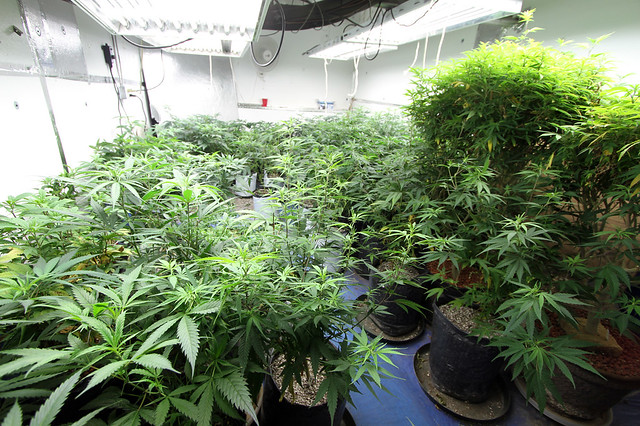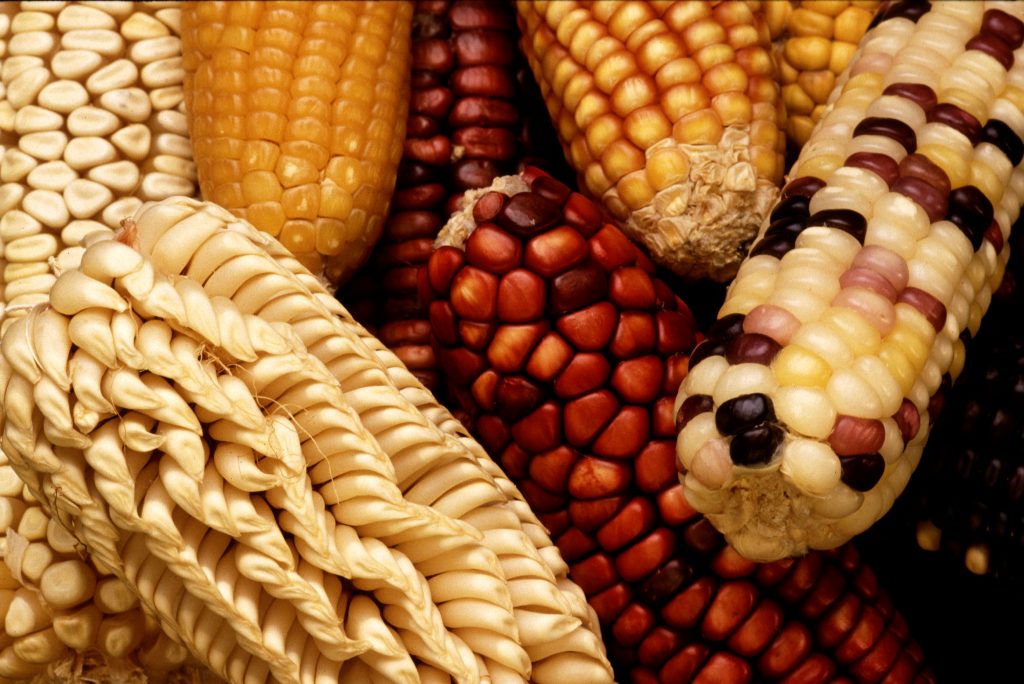Research Symposium
Symposium slides linked here:
Air Pollution Distribution and Influence on the UC Berkeley Campus
Air pollution is one of the leading factors of death worldwide and can accelerate a multitude of health problems. While the University of California, Berkeley has made efforts to mitigate indoor air pollution, outdoor air pollution has not been specifically assessed. Since UC Berkeley is an open campus, natural gas power plants and vehicles passing through and around campus may have an impact on our campus wellbeing. This project aims to compile and work on research that includes:
- Analyze the level of air pollution on campus at different times and locations and estimate the impact on students.
- Analyze whether the school’s sustainability plan takes air pollution into account and determine how it can be changed to improve outdoor air quality within the campus.
- Researchers will seek out and analyze air pollution data from open sources, such as Purple Air. At the same time, researchers will learn about air pollutants. Lastly, researchers will write a joint policy recommendation to evaluate and make suggestions on the schools’ sustainable development policies.

Goals
- Create a report/policy recommendation on UC Berkeley’s air pollution status, providing suggestions for what can be improved from the current campus sustainability plan.
- Other potential goals, to be discussed as a team:
- Produce a GIS map that displays the pollutant gradient on campus.
- Increase the research focus area to a residential area nearby, such as including the Clark Kerr Campus and connected routes.
Committee Leads: Jiawen Tang and Jordan Masterson
Researchers: Myroslava Fisun, Amelia Cortina, Nikhil Jagota, Yusei Noguchi, Chelsea Lam, and Shamal Perera

Goals
- Research the steps and process of cannabis production and its recent developments as a growing industry.
- Understand the policy behind cannabis legalization and how that affects farms and local communities.
- Investigate sustainable solutions to promote healthy environments by consulting with local growers and communities.
- Create reports on the effects of local cannabis farming on each designated sector of the environment.
- Gather case studies on areas that have been affected in California.
Committee Lead: Nicole Gonzalez
Researchers: Bella Setudeh-Nejad, Celeste Edell, Isabella Orr, Mia Puzzo, and Tiffany Zhuo
Cannabis Farming: Environmental and Social Impacts in Northern California
In 2016, the use, sale, and cultivation of recreational cannabis was legalized in California, which initiated a fast-growing industry. However, as the cultivation and use of cannabis continues to expand, it is vital that we take a step back to examine the social and environmental impacts on local communities. This knowledge and research can help us create sustainable solutions for farms and growers to implement in their productions. To achieve this, the project will be split up into three focus groups in order to fully analyze important sectors of the environment. Researchers will have the opportunity to select their preferred category and spend the fall semester diving into how cannabis farming plays a role in their sector.
- Nature: Focus on many different aspects of an ecosystem, such as wildlife, biodiversity, habitat loss and fragmentation, soil health, agriculture, and land use.
- Water: Analyze water usage levels and the effects cannabis farming has on water quality, dams, stream crossings, wetlands, and aquatic habitats.
- Urban: Research the health of local communities through the impact cannabis farming has on air quality, light pollution, policy, and socioeconomic influences.
Researchers will examine existing cannabis farming studies and data sets with an emphasis on California and the Bay Area, with the possibility of collaborating with local communities, governments, and growers to further understand the extremity of this issue. This research and knowledge will be helpful in creating sustainable solutions for cultivators to implement in their cannabis production, and in turn, promote healthier environments.
Harmful Algal Blooms in Tierra del Fuego
Harmful algae blooms (HABs) are an ongoing and global threat to aquatic ecosystems that are highly correlated to rising temperatures caused by anthropogenic-induced climate change. Given recent changing temperature trends within South America, the likelihood of harmful algae blooms may be more frequent in Tierra Del Fuego, or the “Land of Fire”, located between Chile and Argentina at mainland South America’s southernmost tip. Currently, there exists a gap within published scientific literature of a comprehensive summary focused on harmful algae blooms within South America’s Tierra Del Fuego region that this project intends to address. This project will investigate the trends of HAB causation and growth occurring within the region, as well as research the ecological, economic, and social impacts that HABs create.

Goals
- Learn about the Tierra Del Fuego region.
- Determine what types of algae affect Tierra Del Fuego.
- Research the ecological, economic, and social impacts that HABs create.
- Develop a comprehensive research report on harmful algae blooms within Tierra Del Fuego.
Committee Lead: Amara Ibeanusi
Researchers: Lillian Huang, Theo Wang, Sophia Bazini, Imogene Park, and Nesyah Galatin

Goals
- Read articles and watch videos to learn about the topic for each week.
- Speak to different stakeholders and people involved in the GMO industry.
- Write a short paper as a committee describing what was learned from looking at this issue from both perspectives.
Committee Lead: Bea Cundiff
Researchers: Brandon Yu, Adrien Badakhsh, Kimiya Attar, Zoie Wong, Kate Downing, & Alice Duch
GMOs in Agriculture: An exploration into GMOs and Seed Saving
A genetically modified organism (GMO) contains DNA that has been altered using genetic engineering. Genetically modified plants are commonly seen in today’s food supply. This project will focus on both GMOs and seed saving in order to gain a well rounded perspective on this issue. Through this project, researchers will learn about the different types of genetic modifications such as traditional crop modification, genetic engineering, and genome editing. The project will also look at the importance of methods that counter traditional GMO sentiment, such as seed banks, seed saving, and seed sovereignty. Learning about this issue from different perspectives will provide researchers with a holistic understanding of the topic that will be developed through readings and discussions.